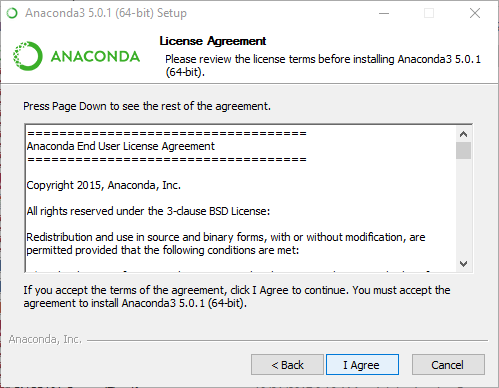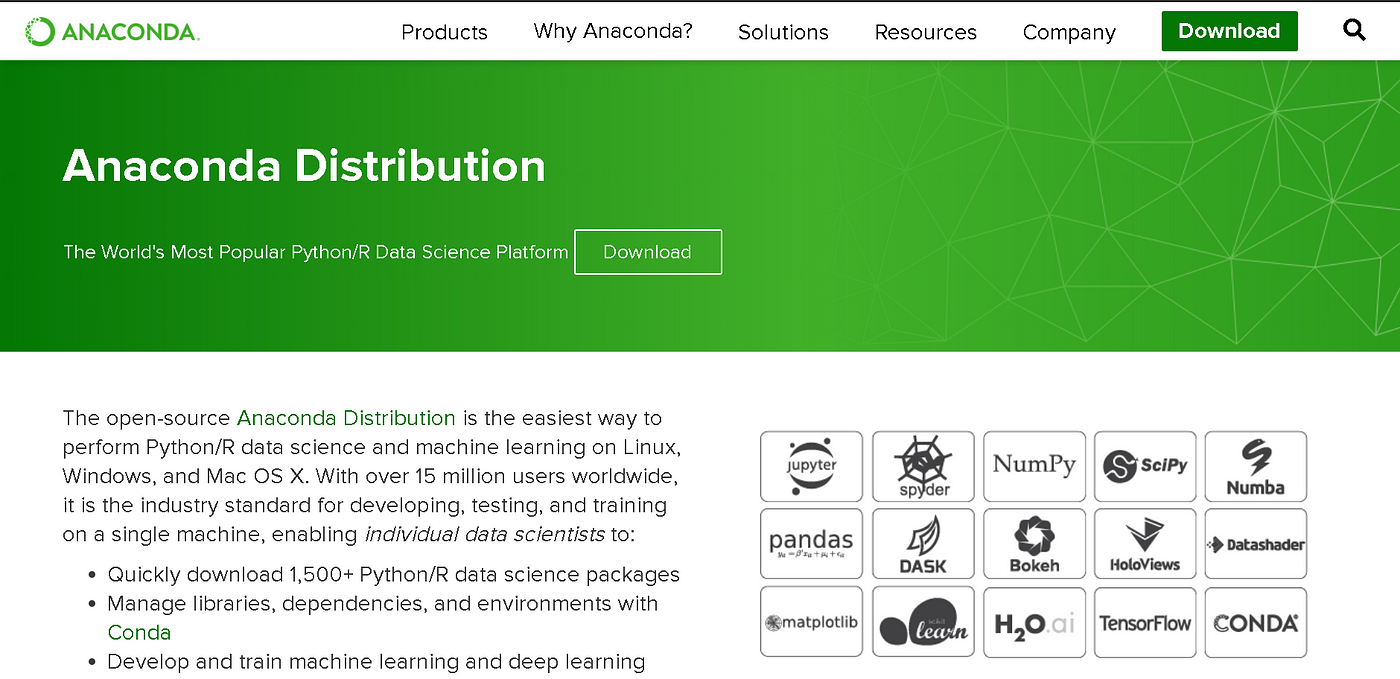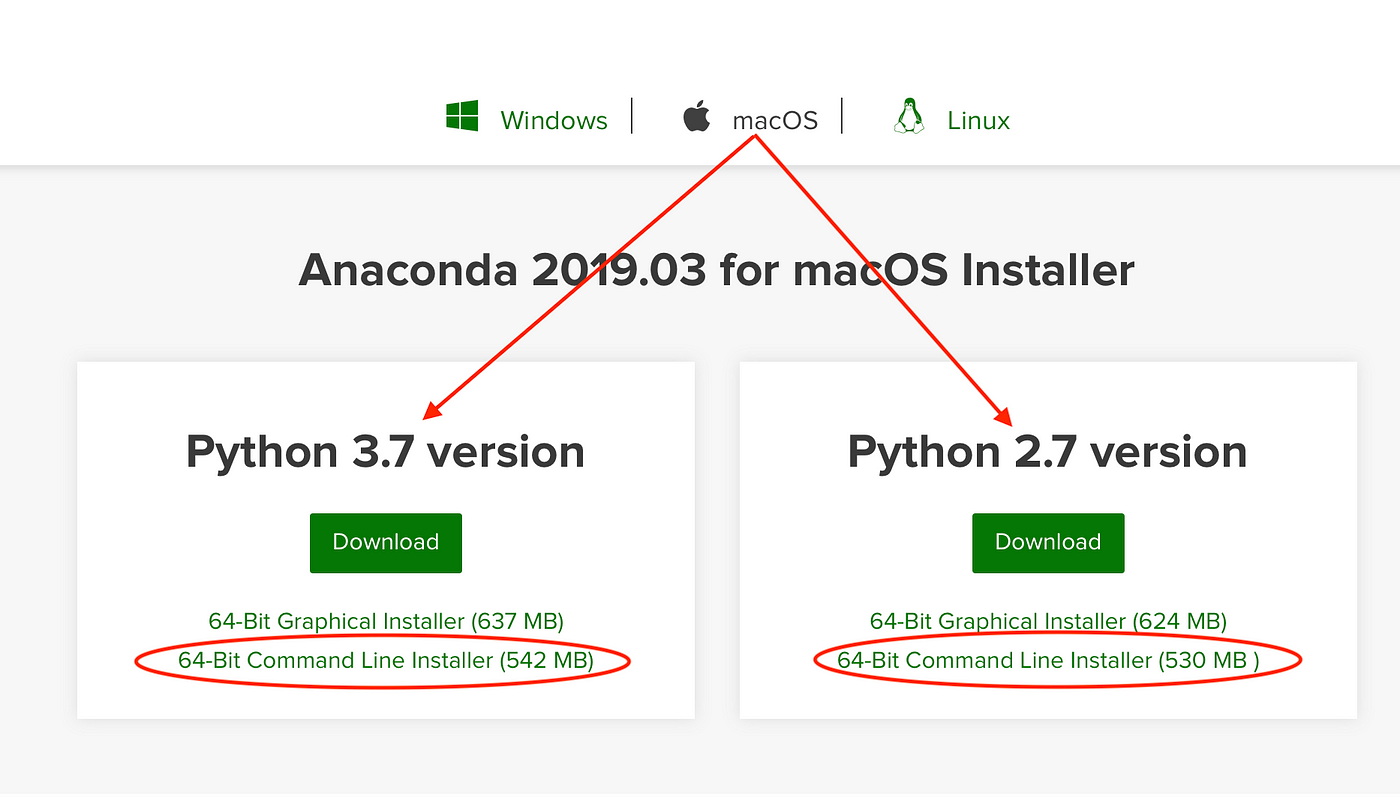

- INSTALL ANACONDA WINDOWS COMMAND LINE HOW TO
- INSTALL ANACONDA WINDOWS COMMAND LINE INSTALL
- INSTALL ANACONDA WINDOWS COMMAND LINE UPDATE
- INSTALL ANACONDA WINDOWS COMMAND LINE ARCHIVE
-p – prefix for the directory in which to install Miniconda.
INSTALL ANACONDA WINDOWS COMMAND LINE UPDATE
-u – update an existing installation if it exists.The installation script uses three flags – see the documentation After downloading the Miniconda package using wget, a bash command is used to run the Miniconda installation script ( miniconda.sh).
INSTALL ANACONDA WINDOWS COMMAND LINE ARCHIVE
An archive of previous Miniconda versions can be found on the miniconda documentation page If you want to download a specific version you need to change ‘latest’ with the version number you require.
INSTALL ANACONDA WINDOWS COMMAND LINE HOW TO
How to Install Miniconda on the Command Line 💡 # I personally keep my installation scripts in my dotfiles repo ⭐ Top tip: You can store your installation scripts in a public git repository which you can clone to your new machine. ‘Clean Slate’ – when you inevitably accidentally break your environment (I am very guilty of this), you can easily remove everything and reinstall to restore the original state.Reproducibility – share your scripts with co-workers to ensure you are both working from the same environment (Dockerfiles are also a good option).Consistency – running the same script to install software on different computers will ensure you are running a consistent environment and help to avoid errors when installing the software.Seamlessly move across different machines – get up and running quickly when working on a new machine, such as spinning up a Cloud VM or a new company laptop, instead of manually trying to install software.Automation provides the following direct and indirect benefits: Installing Miniconda from the command line opens the door for automation.Īutomating the set-up of your development environment is a key part of becoming an effective programmer. It is always a good idea to be comfortable with multiple different package managers so you are flexible to your team’s or project requirements. , or if your team prefer using a specific package manager for consistency. For example, if your project requires a version of a Python library only available from conda-forge However, sometimes you do not have the luxury of choosing your preferred environment manager. It is lightweight, portable, simple to use and I also find pyenv has fewer ‘gotchas’ than conda. Personally, I prefer to use pyenvįor managing my python environments.

There are alternative package managers for Python instead of Conda. I also believe it is better practice to make sure your environment is as ‘lean’ as possible, containing only the packages your project directly depends on. Given installing a library is only a ‘pip install’ away, it is easy to use Miniconda and only install libraries as and when you need them. Anaconda is very bloated and contains many libraries which you are unlikely to use, especially not in a single project. I would always recommend using Miniconda.

Has two main distributions: Anaconda (a full distribution with all the libraries of the PyData ecosystem pre-installed) and a bootstrap version called Miniconda which includes the conda package manager and the libraries it depends on only. Conda is a very popular package manager for Python, particularly in the data science community.


 0 kommentar(er)
0 kommentar(er)
